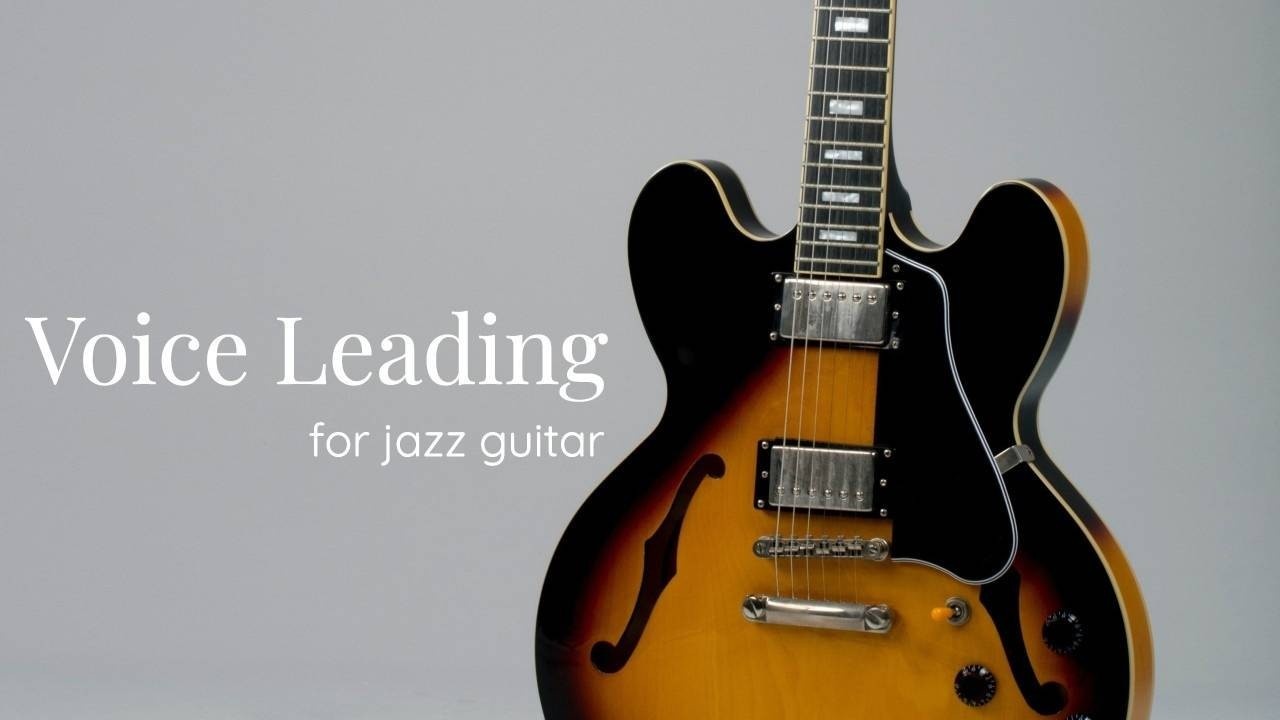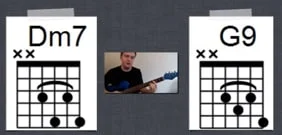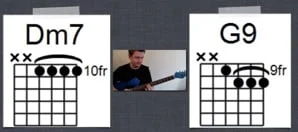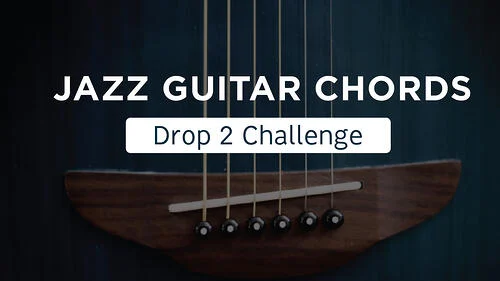
Jazz Guitar Tips: Voice Leading
Sep 26, 2020Voice Leading
Voice leading on guitar is the art of leading the individual notes of a chord in an economical way. The term comes from chorale music, where composers would literally be leading the voices of the choir through a progression.
Typically, "good voice leading" is thought to be when the notes of a chord move through the progression with the least possible movement. However, the opposite can have a desirable effect as well!
"Voice leading? You never told me I had to sing!!"
Don't worry - the title is a bit misleading! 😉
Sad news: this is the last of the series of seven blog posts (and videos) on quick-and-easy jazz guitar tips. (Remember last time? We talked about chord cycles ...)
Good news: this is "the dessert", the sweet treat ... my all-time favorite tip for jazz guitarists of all levels:
Learn to use voice leading in your comping!
We could also have had this jazz guitar tip as "please don't jump around between chords shapes in your comping" ... but it's easier to simply say "use voice leading" for blogging purposes! ;-)
What is Voice Leading?
In summary, when using good voice leading, the voices within chords create smooth lines, thus minimizing the amount of melodic movement.
On the guitar, this is (basically) finding the closest available next chord, instead of jumping from shape to shape (while comping.)
See the "Drop 2 Challenge" for an example of perfect voice leading through a chord cycle:
Why?
The advantages of such an approach are fairly obvious. The #1 reason, is, of course that it's sounds good and that legendary jazz guitarists just play like that.
So, let's just convince ourselves: It is musically sound to use proper voice leading. (Pun intended).
Some more positive by-products of this approach:
- Avoiding comping by shapes
- Sounding more like a pianist
- Understanding harmony and chord changes
- Knowing the ingredients of chords and scales
- Moving chord extensions around
- Better Chord melody chops
- Developing "ears for chords"
- Harmonizing your solo lines
- Increased humility
- And bragging rights!
(I wonder how the last two fit together, though!)
Two Easy Examples
Let's just play on Dm7 - G7 ... a favorite these days! Here are the chord shapes. You should watch the video to really understand how we got there.


See how only ONE note moves to get from Dm7 to G9? This is great voice leading ... we have a minimal amount of movement. Yet, we hear exactly the chords changing from one to another.
Ever wondered how Ed Bickert does it? Just like that, just like that ...
;-)
More to do ...
Of course, there's always more than you could be doing. Ideally, you should be able to "voice lead" in between all the chords in tunes you know. Go through your repertoire and use voice leading as an exercise. Any two chords in a row can be analyzed like the Dm7 - G7 above...
Now, I said above that "you should" have the ability to use perfect voice leading all the time. But, it doesn't mean that you would always play like that while performing. It's not necessarily desirable all of the time ... but the big picture idea is that at least you can if (or when) you have to, in musical contexts.
Now for, some intermediary steps to get you started. When attempting to play proper voice leading in between two chords, here's how you can proceed:
- One one string set, learn all four inversions of the first chord (say Dm7)
- Repeat with the second chord (say G7)
- For each inversion of Dm7, see what is the closest inversion of G7 you can "voice lead" to ...
- Rinse and repeat.
- (Then have fun with extensions!)
**Notes from the editor** This post was updated 10/23/2020. (feature image updated and layout changes)










